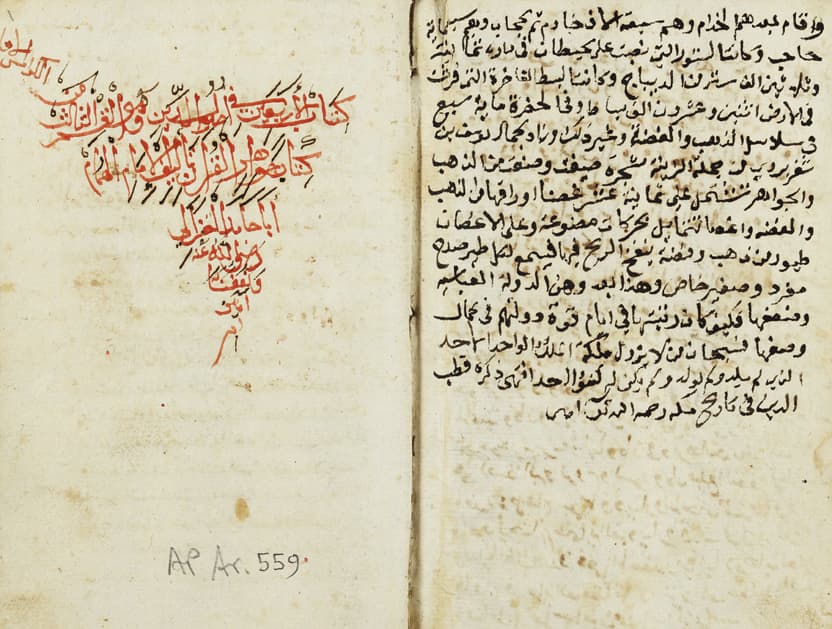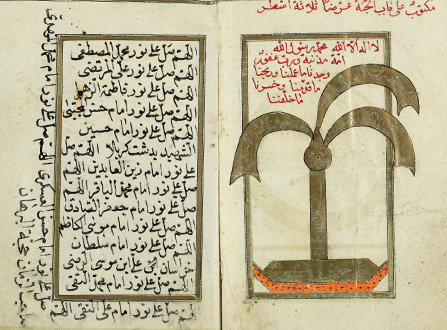Oil for food [electronic resource]
لتكبير النص لتصغير النص- كتاب
'Oil for Food' draws on extensive sources and interviews to tell the story of how Arab Gulf countries reacted to the 2008 global food crisis. It argues against the hype created around so called land grabs and analyses the geopolitical implications behind the investment drive of Arab Gulf countries in food insecure countries like Sudan or Pakistan.
| العنوان |
Oil for food [electronic resource] : the global food crisis and the Middle East / Eckart Woertz. |
|---|---|
| الناشر |
Oxford : Oxford University Press |
| تاريخ الإصدار |
2013 |
| ملاحظات |
Description based upon print version of record. Includes bibliographical references and index. English |
| رقم الرف |
Cover Contents Figures and Maps Tables Acronyms and Abbreviations Note on Transliteration Introduction 1. The Gulf Food Security Predicament 1.1 The Middle East and the Global Food Crisis of 2008 1.2 Social Contract, Subsidies, and Price Controls 1.3 Malthus not ante portas: Domestic Agriculture and the Lack of Water 1.4 Global Food Prices: Paradigm Shift or Not? 1.5 Consumption Patterns and Self-Sufficiency Ratios 1.6 Structure of Food Imports: Product Groups and Countries of Origin 1.7 Conclusion Part I: Gulf Food Security: History, Political Economy, and Geopolitics 2. Ethiopian Wheat and American Tires: Gulf Food Security and World War II2.1 On the Margins: Gulf Agriculture before World War II 2.2 The Allied Middle East Supply Center (MESC) 2.3 Food, Legitimacy, and Strategy in the Gulf 2.4 Inflation, Transport, and Food Security 2.5 Beyond the War: Water, Sedentarization, and Power 2.6 Conclusion 3. Rise and Fall of the Blooming Desert: The Self-Sufficiency Illusion 3.1 White Elephants and Horses: The Al-Kharj Farm 3.2 Opposition and Ecology 3.3 Create Two, Three, Many Al-Kharjs 3.4 Self-sufficiency and the Saudi Wheat Bonanza 1970s-1990s 3.5 Wheat or Water3.6 Agricultural Development in the Smaller Gulf States 3.7 Cereal Programs Elsewhere: Egypt, Iran, Syria, and Sudan 3.8 Conclusion 4. The Food Weapon: Geopolitics in the Middle East 4.1 Food for Peace and Gangsterism by Cowboys: Saudi Arabia vs. Nasser's Egypt 4.2 We Freeze, They Starve: Counter Threats to the Oil Embargo 4.3 US Current Account, Inflation, and Food Politics 4.4 The Grain OPEC 4.5 The Reagan Doctrine of Agricultural Trade 4.6 No Oil, No Food: Iraq in the 1990s 4.7 Conclusion Part II: Gulf Food Security and International Agro-Investments 5. The Global Land Grab Phenomenon5.1 Patterns of Agricultural Expansion 5.2 Asians, Arabs, and Asset Managers: The Different Investor Types 5.3 Land Grabs and Social Conflict 5.4 Conclusion 6. The Sudan Bread-Basket Dream 6.1 Surplus, Statehood, and Development 6.2 The Gulf and the Sudan Bread-Basket Vision 6.3 Gulf Capital Buying In 6.4 The Basket Case 6.5 The Aftermath of a Failure: 1980s and 1990s 6.6 The Bread-Basket Reloaded: A Dam Program and an "Agricultural Revival" in the 2000s 6.7 Conclusion 7. Return to the Future: Current Gulf Agro-investments 7.1 Targeted Countries and Crops7.2 The State as Facilitator: Differences between GCC Countries 7.3 The Investors: Sovereign Wealth Funds, State-owned Companies, and the Private Sector 7.4 Conclusion 8. Explaining the Implementation Gap: Money, Water, and Politics 8.1 A Land Grab that Wasn't 8.2 The Global Financial Crisis and the SWF Meltdown 8.3 Framework Conditions, Water Stress, and Climate Change 8.4 Resource Nationalism, NGOs, and Hydropolitics 8.5 Conclusion 9. Oil-for-Food Policies? 9.1 Domestic Policies: Oil, Diversification, Water 9.2 Multilateral Regimes: WTO, G20, International Storage, and Climate Change |
| الشكل |
1 online resource (346 p.) |
| اللغة |
الانكليزية |
| رقم النظام |
997011504708005171 |
MARC RECORDS
أتعرفون المزيد عن هذا العنصر؟ وجدتم خطأ ما؟

 سجل الدخول باستخدام غوغل
سجل الدخول باستخدام غوغل
 تسجيل الدخول باستخدام فاسيبوك
تسجيل الدخول باستخدام فاسيبوك



